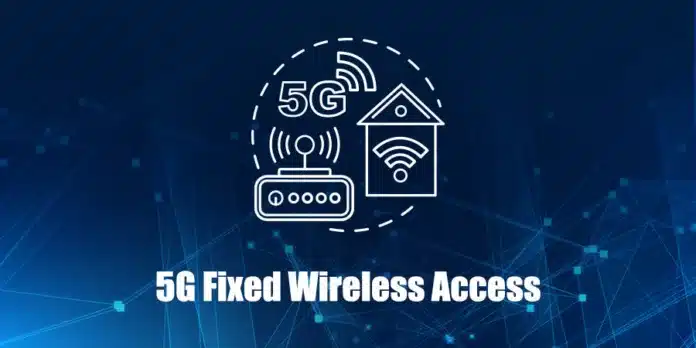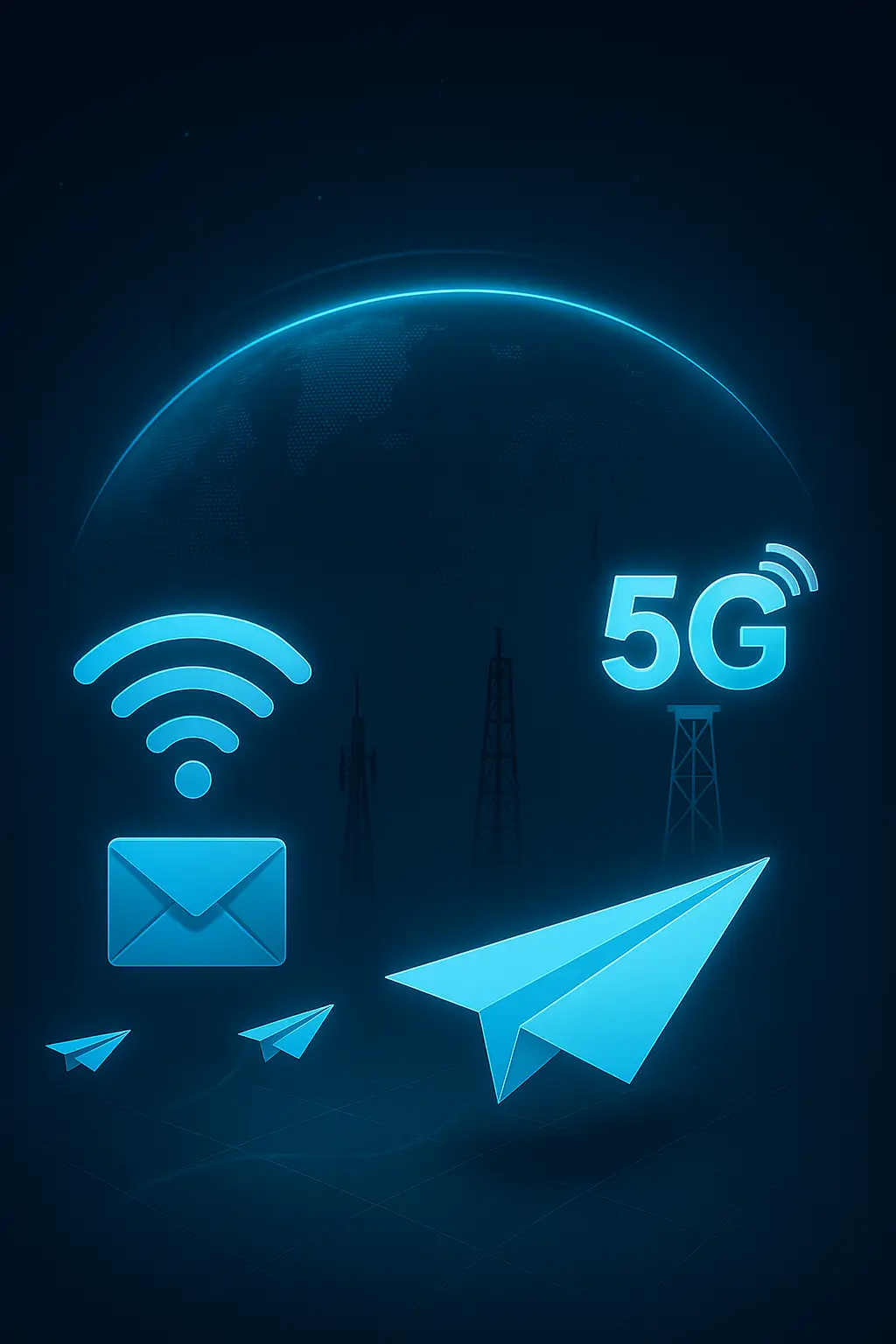For each country and region, broadband is the basis for innovation in the information industry. National broadband construction increases national competitiveness and is a necessary investment for economic development. Emerging services, such as 4K/8K HD videos, VR/AR, interactive games, and home cloud, pose higher requirements for large-bandwidth broadband access.
When it comes to fixed broadband (FBB), both wired access and wireless access technologies have been matured. The figure below illustratesthe wired access technologies: access over hybrid fiber-coaxial (HFC) cables, x digital subscriber line (xDSL) access over copper lines, and fiber to the x (FTTx) access over optical fibers; as well as fixed wireless access (FWA).

- Access over HFC cables: uses the frequency division multiplexing (FDM) technology and a dedicated cable modem to provide wired access for broadband services such as voice, data, and interactive video services based on the existing cable TV network using both optical fibers and coaxial cables.
- Access over copper lines: provides wired access for users through modem dialing by using traditional copper telephone lines.
- Access over optical fibers: connects end users to network access devices through optical fibers. Access over optical fibers can be classified by scenario into fiber to the building (FTTB), fiber to the home (FTTH), fiber to the office (FTTO), and fiber to the room (FTTR). Using optical fibers on broadband networks is ideal as the fibers have large transmission capacity with good transmission quality and little loss FTTH provides a transmission rate of up to 100 Mbps, which is 20 to 100 times as high as the rate over a common cable or copper line.
- FWA: provides wireless access where terminals are fixedly located without changing the network access point, as defined in Recommendation ITU-R F.1399. With the rapid development of 5G, 5G FWA can provide large-bandwidth high-capacity wireless broadband capabilities and provide users with a rate of up to 100 Mbps or even 1 Gbps, gradually becoming an alternative to access over optical fibers.
What is FWA?
FWA enables various home or enterprise terminals to directly access wireless networks through the customer-premises equipment (CPE). FWA is a cost-efficient wireless broadband solution that offers the same service experience as the optical broadband solution does. FWA users refer to wireless broadband access devices: mainly indoor or outdoor CPEs. A CPE connects to various types of terminals through wired or Wi-Fi connections on one end and to the eNodeB or gNodeB on the other end through LTE or NR air interface signals
FWA and eMBB Coexistence
Service types tend to be diversified on 5G networks, and FWA services can be quickly developed on existing eMBB networks. FWA and eMBB coexistence can be used to maximize network utilization. Such a network must minimize the impact on eMBB users’ experience while ensuring FWA users’ experience. In addition, as FWA users stay in a fixed location, differentiated processing facilitates better user experience
Differentiated PRB Control
Differentiated PRB control is introduced to control the PRB usage upper limit for FWA users. This prevents FWA users from occupying excess PRB resources, which may significantly impact eMBB users’ experience. In addition, the PRB usage upper limit can be configured for eMBB users to flexibly divide available resources between FWA and eMBB, separately ensuring experience of FWA and eMBB users in heavy-load scenarios. As shown in , the figure below gNodeB dynamically adjusts the scheduling priorities of users based on the uplink and downlink PRB usages as follows:

- When the uplink or downlink PRB usage of FWA or eMBB users exceeds the average threshold, the gNodeB decreases the scheduling priority weighting factor for these users to lower their uplink or downlink scheduling priority.
- When the uplink or downlink PRB usage of FWA or eMBB users exceeds the maximum threshold, the gNodeB stops uplink or downlink scheduling for non-GBR services of the users.
Don’t miss our 5G FWA Training to learn more about this technology.
Benefit from Massive discount on our 5G Training with 5WorldPro.com
Start your 5G journey and obtain 5G certification
contact us: contact@5GWorldPro.com


